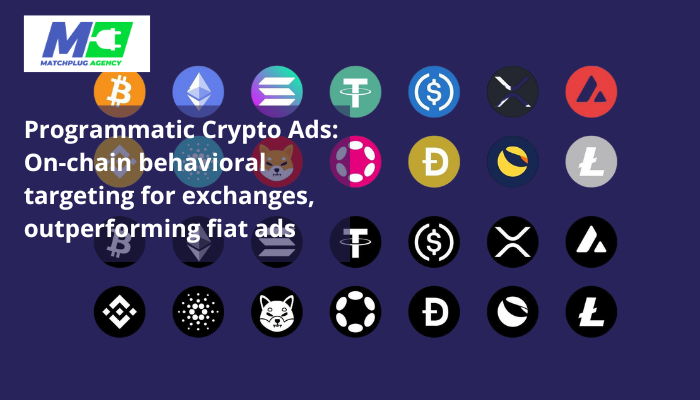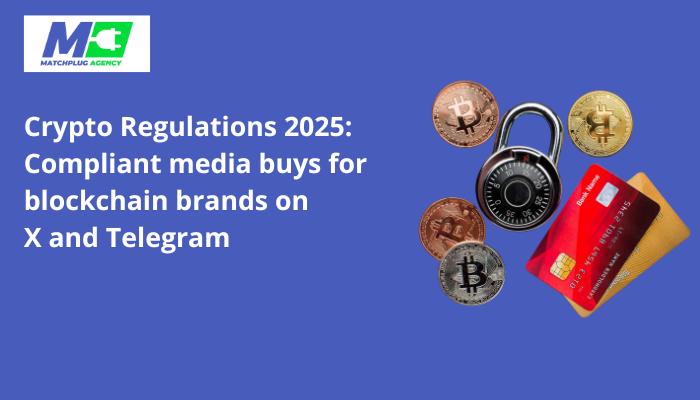In this article, we shed more light on how users can accelerate hybrid crypto-iGaming buys with stablecoin payment trends:
Stablecoin digital currency is leaving the crypto niche and entering mainstream finance. Encouraged by paramount banks and consultants, these assets are remodelling how online betting operators process payments.
These qualities are attractive for iGaming operators that transfer money across borders every day. Faster and seamless settlement, lower fees for tiny expenses, and accessibility to players in geographies with weak banking infrastructure make stablecoins a practical tool for payouts, partner settlements, and deposits.
What is a Stablecoin?
A stablecoin is a cryptocurrency designed to maintain a fixed value related to a particular asset. Although there are many kinds of stablecoins, they still fall into one of two tiers: algorithmic stablecoins and fully reserved stablecoins.
Algorithmic stablecoins
Algorithmic stablecoins maintain their peg via smart contracts that respond to supply-and-demand imbalances by burning tokens. Suppose an algorithmic stablecoin trades above its point, the protocol mints additional tokens to reduce its price., If it trades below its point, the protocol burns tokens to higher prices.
Fully reserved stablecoins
Every coin is supported by an underlying asset, which helps balance its price. These are generally supported one-to-one by high-quality, liquid assets such as fiat currency or short-term government securities held in reserve.
What Makes Stablecoin A Reliable Payment Method?
Although high volatility and overall uncertainty have made corporate treasury professionals skeptical of most virtual currencies, stablecoins have gained significance in recent years.
Stablecoins are a medium for completing fast, easy cross-border transactions. Stablecoins permit swift transactions that clear instantly with a small fee. Payments can be enabled without an intermediary because they are stored on a blockchain.
The Use of Stablecoin in iGaming
A good number of crypto-friendly gambling platforms accept USDC, USDT, and several other stablecoins for deposits and withdrawals. Stablecoins are no longer a myth for online casinos and sportsbooks. In fact, various committed USDC casinos now promote fast, low-fee banking as a core user benefit.
Payments infrastructure firms and regulated stablecoin issuers move beyond retail deposits. They are creating payment rails and holding APIs for corporations, as well as gaming operators.
What Are Some of The Benefits Of Adopting Stablecoin?
Three functional benefits of using a stablecoin–
1. Speed
Transfers are settled in a matter of seconds or minutes on-chain, encouraging instant deposits and seamless withdrawals. This enhances user experience and detaches a sticking point in player journeys.
2. Cost
Stablecoins can lessen intermediary fees. Programmable payouts lower reconciliation costs by allowing operators to automate partner splits or conditional settlements with smart contracts.
3. Financial inclusion
Stablecoins serve as a practical gateway to global gaming ecosystems in regions with limited banking. It gives underfinanced players safer, more stable access than unstable cryptocurrencies.
Cross-Industry Tactics For Using Stablecoin
What are some cross-industry tactics operators can adopt while using stablecoins for crypto-iGaming buys:
1. Superb Fiat-to-Stablecoin On/Off-Ramps
Partnerships between operators and payment specialists close the gap between traditional banking and digital assets with minimal friction. This is done to instantly convert fiat deposits into stablecoins for gameplay and vice versa for withdrawals.
2. Treasury Management & Operational Efficiency
In businesses, stablecoins are utilized for internal treasury management. They enable faster, cost-effective, and intercompany cross-border settlements with partners, suppliers, and affiliates.
3. Programmable Payouts
Utilizing stablecoins in smart contracts enables operators to automate difficult financial processes, such as revenue splits and conditional settlements with partners, reducing direct involvement and reconciliation expenses.
4. Access to Decentralized Finance (DeFi)
Stablecoins function as the primary on-chain payment rails for businesses and users to engage with DeFi applications. With this, iGaming platforms can offer new financial products or yield opportunities to their users.
5. Tokenized Assets Integration
Tokenized real-world assets (RWAs) such as stocks or bonds can be purchased with stablecoins, creating a hybrid investment experience that bridges the gap between the iGaming environment and wider investment markets.
What are some stablecoin payment trends to monitor?
1. Supremacy in Transaction Volume
A significant majority of crypto payments are now accounted for using stablecoins, often dealing with over 80% of pay-ins and payouts on some iGaming platforms due to their stable prices, compared to the price of cryptocurrencies.
2. Cross-Border Payments Efficiency
Using stablecoins to eliminate intermediaries in international transactions is a key trend. This ultimately leads to notably lessened costs and fast settlement times. A major game-changer for global iGaming systems.
3. Improved Financial Inclusion
Stablecoins enable players and partners with global financial ecosystems in growing markets with restricted banking access or unstable currencies..
4. Legal Certainty and Institutional Adoption
Evolving legal frameworks are enhancing institutional confidence, leading more established financial institutions to embrace stablecoins for mainstream financial use, which in turn normalizes their use across industries like iGaming.
5. Focus on Regulated Entities
Partnerships with stablecoin issuers and service providers are being used to mitigate risks from rivals and regulators.
Legal Realities Operators are Bound to Face
Stablecoins do not exist without their own troubles. Legal frameworks are growing unevenly across jurisdictions, and KYC/AML regulations are strict for gambling operators. Financial outlets warn that although banks and regulators are getting used to regulated stablecoins, local licensing still confines seamless disposition.
Operational risk is crucial too. Companies that plunge into on-chain settlements without firm-grade infrastructure increase exposure to hacks, counterparties’ insolvency risk, of settlement mismatches.
How Can Operators Effectively Pilot Stablecoins?
These are practical steps for iGaming businesses that want to test stablecoins without taking unnecessary risks:
1. Select regulated issuers and custodians
These regulators prefer stablecoins and service providers that run audits, publish reserves, and have clear legal systems for currency exchange. Lessens counterparty and legal risk.
2. Run a closed pilot with a friendly market
Use a pilot to confirm FX rails and on/off ramp partners. Unlock deposits and payouts for a limited geolocation and user associate, rank speed, costs, and customer satisfaction.
3. Administer solid KYC/AML flows and monitoring
Incorporate transaction monitoring, blockchain analytics, and real-time risk regulations into ongoing compliance stacks. On-chain transparency can not replace compliance. But it helps reconciliation.
4. Create modular streams
Uncover stablecoin rails as exchangeable plumbing in your payments stack. With this, you can switch between providers or add CBDC rails later without having to replatform.
5. Partner with payments specialists
Collaborate with firms and other payments integrators that offer payouts, enterprise-level APIs, and custodial services that can quicken operational readiness.








